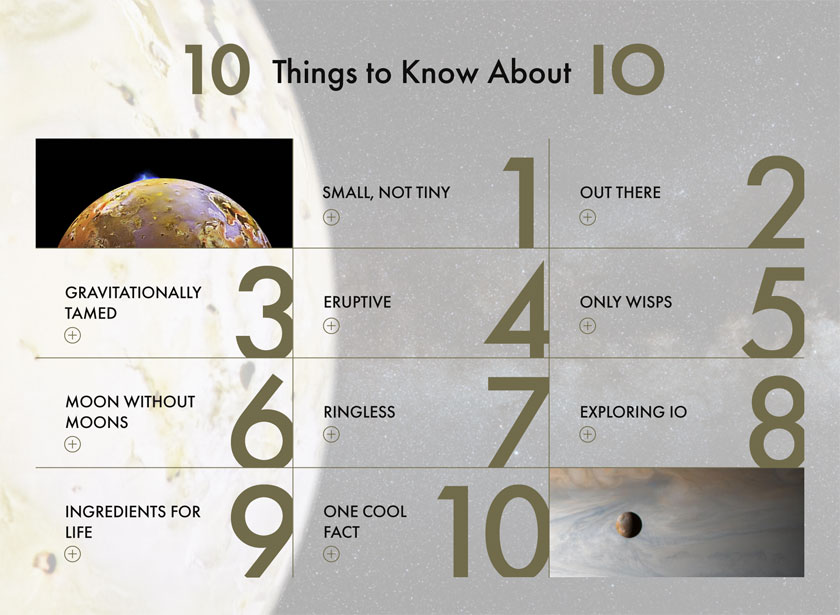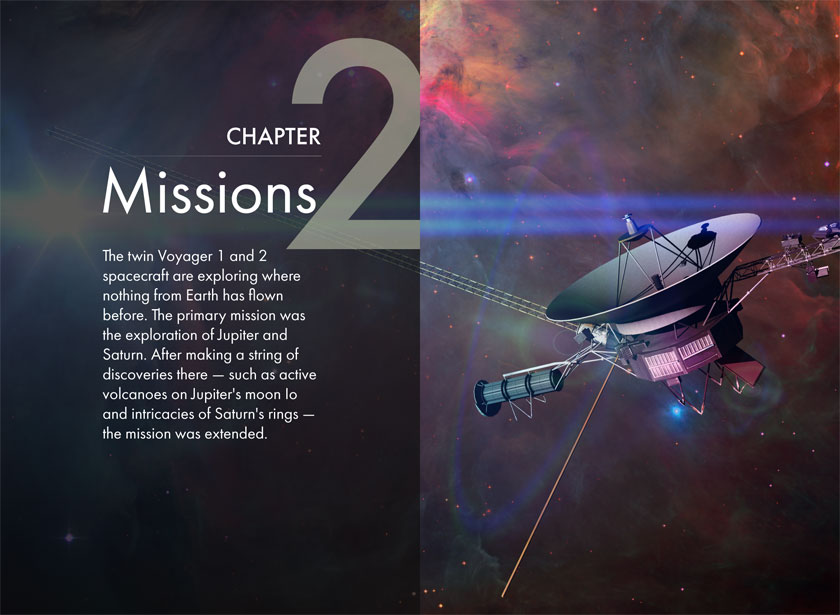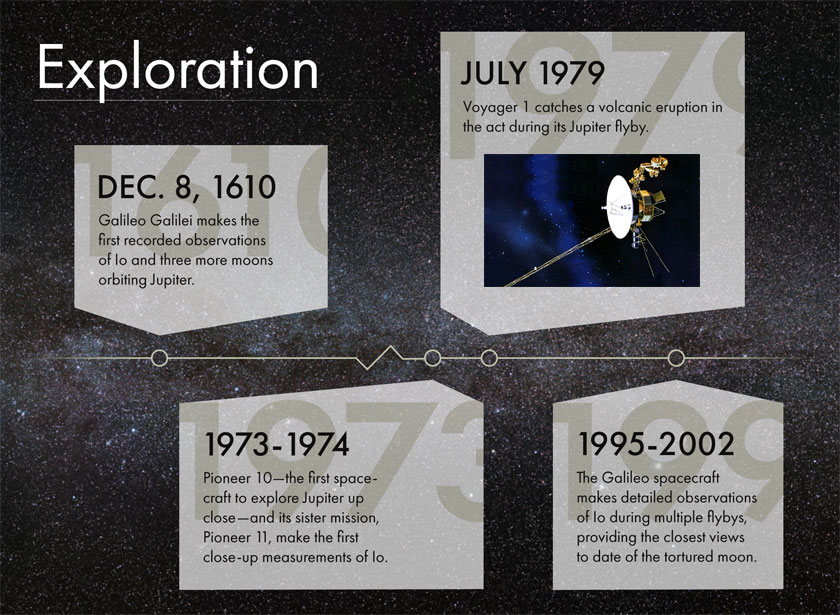Year
2018
Roles
- Experience Designer
Deliverables
- Research
- Strategy
- Poster
- iBook
CHALLENGE
How can AR be used in education to augment the learning experience?
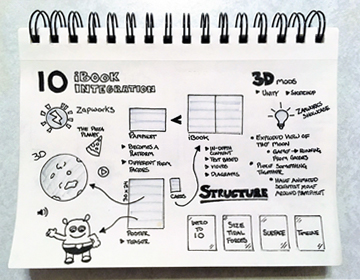
PROBLEM
Augmented reality (AR), or the technology that superimposes a computer-generated image on your view of the real world, thus providing a composite view, is revolutionary in its implications. It’s our job as experience designers to discover and refine best practices to implement this new realm for people. One particularly interesting use case is the classroom. Education requires something, though, that aligns with pre-approved state curriculum, is easily accessible by students and teachers, and most importantly—is inexpensive!
APPROACH
The subject to be taught: space—or more particularly—Jupiter’s moon Io. The AR platform of choice: ZapWorks. The real-world medium to implement what ZapWorks calls ZapCodes to anchor the AR content to the tangible: print. The platform to experience the AR content: iOS. Incorporating this recipe of a subject, device, and augmented experiences students would enjoy the freedom of DIY discovery and benefit from the principle of Depth of Processing.
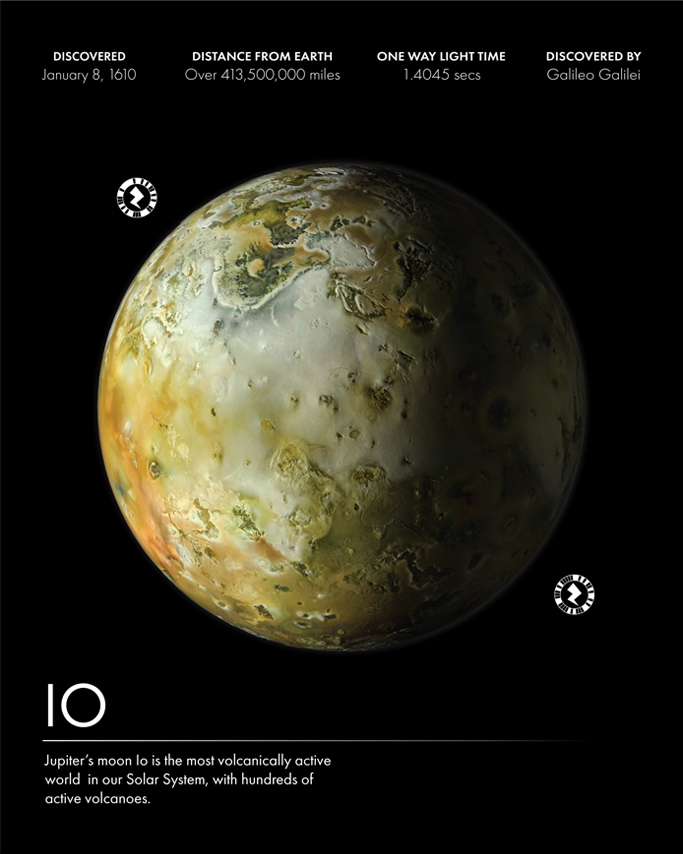
TRY IT OUT!
If viewing webpage on mobile make sure to open the page on a computer or second device so you can zap the codes.
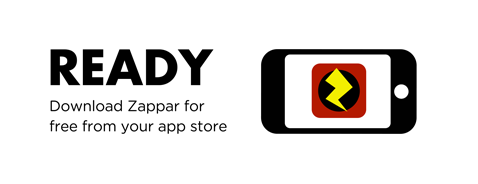
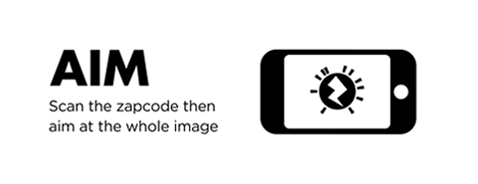
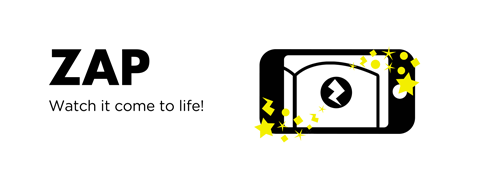
SOLUTION
Place the learning into the student’s hands with interactive discoveries.
Education that’s Fun
By putting the tool into the student’s hands they’re now in control of their education. They’re intrigued by the mystery each ZapCode holds and engaged by the discovery of each AR experience. This process of letting them discover on their own augments the learning process with deep cognitive processing that solidifies the knowledge and memory. By linking directly to the supplemental materials, the teacher has the ability to get the student to download the materials they want them to study. Besides, it’s just absolute fun. When was the last time you could say that about school?
RESULTS
Go big or go home.
Mere Exposure Effect
Field and usability studies revealed that while the high-level concept and process was effective, the overall experience for children was underwhelming. Yet, adults found it exciting. This unexpected result may be due to the high amount of exposure children have had to quality visuals and sensationalized spectacle. It appears that AR experiences are expected to be similar in quality and scope to movies and video games. Further testing may yield a more concise conclusion.

